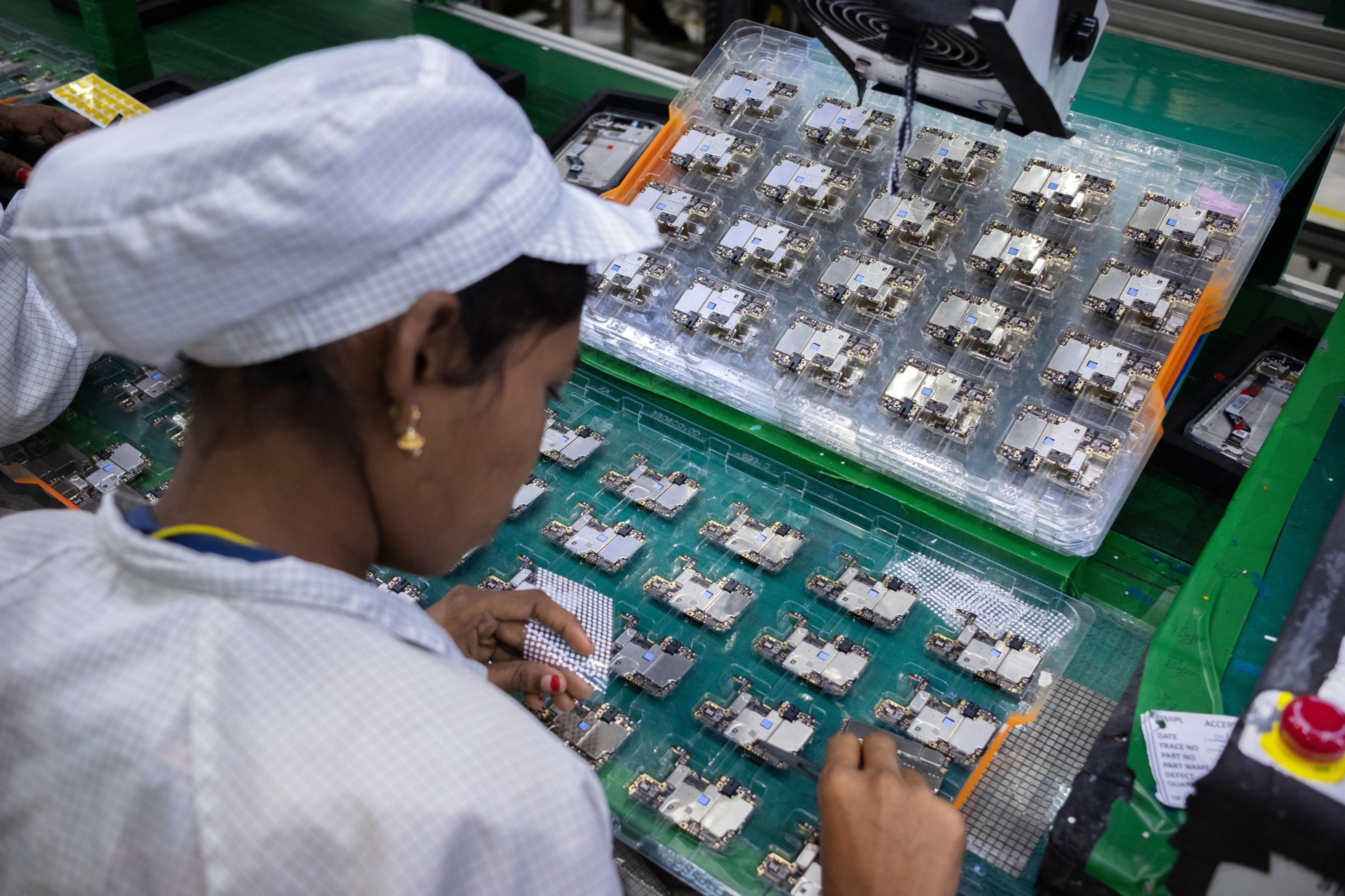Independence Day is about the Prime Minister. The speech made from the ramparts of the Red Fort that morning marks the day. This is as it should be. And it was so this year too.

But on the eve of every Independence Day and Republic Day, our President addresses the nation through air-waves. That speech does not get the attention it deserves. Our President’s address this Independence Day eve, recorded in her study in Rashtrapati Bhavan, was dignified, stately. The words were well chosen, well intoned. She spoke with calm assurance and her statement, “Each one of us is an equal citizen” was most needed. Equality is, after all, enshrined in the preamble to our Constitution, after justice and liberty. Her words reminded me of the Asokan edict, the Kalinga Edict, which stands close to Bhubaneswar, in her own state of Odisha, in which the Mauryan says, “Sabe manuse mama praja…All my subjects are my children.”
Reflecting on all this I could not but recall the 50th year of our independence in 1998, when neither our present President nor our Prime Minister were very well-known outside their states — a great comment on our electoral democracy, where men and women from among the so-called less-known, less-privileged strata of society can rise to the highest offices in the land. Our President was Kocheril Ramana Narayanan. One of India’s eminent diplomats who served as ambassador to China and the United States (US), has been a minister of state for science and technology under Rajiv Gandhi, and then, vice-president of India, he hailed from one of Kerala’s Dalit communities. He did not allude to that fact; he did not encourage or stop others from doing so either. Narayanan was respected across the political spectrum for his intellectual sparkle, calm demeanour, and singularly judicious mind. When the rough-and-tough former Chief Election Commissioner TN Seshan decided to contest against him in the presidential elections of 1997, the busybody only succeeded in lightening the atmosphere. But later when, after his predictable defeat, Seshan filed a petition questioning the veracity of Narayanan’s signature on his nomination papers, no one was amused. There are limits even to comic relief.
The late economist and Ahmedabad-based management guru GR Kulkarni was visiting Delhi at that time. Married to my esteemed cousin Sumitra Gandhi Kulkarni, he came over for a conversation and asked me (I was then working for President Narayanan as his secretary) how the I-Day arrangements were going. “As well as they should,” I replied. “The drill is fairly straight-forward.” That, he said, is what is wrong with our I-Day and Republic Day celebrations. They are just too predictable, too set. Instead of the usual speech, he wondered, why don’t you request President Narayanan to do something different? “Like?” I asked. “Like coming on TV in a conversation, rather than reading out a speech. In a democracy we should have less formality and more interaction, don’t you think?” And Gajananbhai, as I called him, spoke of the impact of the fireside chats of the US President Franklin Roosevelt.
I put the thought to President Narayanan who warmed to it at once and there ensued a delightful conversation with him and senior journalist N Ram, which was relayed over AIR and Doordarshan, on the eve of Independence Day in place of the customary address. He was not shown the questions earlier, and had not prepared his answers. It was to be and was a spontaneous conversation.
There is neither need (nor space) for me to reproduce chunks of that conversation except for a portion that touched on the role of the President. “My image of a President before I came here and before I had any hope of coming here,” Narayanan said, “was that of a rubber-stamp President.” I thought I would have a lot of time, and leisure for reading, writing, walking etcetera. But somehow I can’t get it now. So, my image of a President is of a working President, not an executive President, but a working President. And working within the four corners of the Constitution.”
Elaborating on this, he said the office held “very little direct power” and it was only in some very critical situations that the President could do one or two things directly. But, he said, the President did have a subtle influence. And this worked “on the executive and the other arms of the government and on the public as a whole”, especially when the President aligned his thoughts to what was right and perceived by the public to be so. When that happened, he said, such advice that a President gave would be accepted “with grace”. His returning a recommendation for Article 356 to be applied to Uttar Pradesh, he said, was one such. The government fell in line with his thinking.
Now this is not something he could have said in a formal address. But it emerged seamlessly in the conversation. President Narayanan’s views were cherished by both the prime ministers who worked with him, IK Gujral and Atal Bihari Vajpayee. That the conversation mode was not continued in subsequent years is another matter.
But it came to be known that unlike the speech made at the opening of Parliament’s annual session which has to be the government’s speech, President Narayanan’s speeches on the eve of I-Day and R-Day were his own, as were, largely, those he made at banquets hosted for visiting heads of State. There was no question of his going against government policy but there was no doubt that he would, from “within the four corners” that he had mentioned, furnish the space with his own, not someone else’s intellectual furniture. Thus arose his famous statement on the eve of Republic Day, 2000: “One half of our society guzzles aerated beverages, while the other has to make do with palmfuls of muddied water. Our three-way fast-lane of liberalisation, privatisation and globalisation must have safe pedestrian crossings for unempowered India.”
Equality in an unequal society like ours means that at given intervals the car-less, engine-less human population must pass on its two feet as a sovereign, while the machines of jet-set transport pause.
I do not doubt that ‘within the four corners of the Constitution’, President Droupadi Murmu is already exercising the subtle influence that President Narayanan spoke of. In her ”equality address”, Asoka’s Kalinga Edict came with quiet dignity to life.
Gopalkrishna Gandhi, a former administrator, is a student of modern Indian history. The views expressed are personal




![“Two-Thirds Don’t Work” – CDU’s Merz Says “Many Of Them [Syrians Living In Germany] Should Go Again” – FREEDOMBUNKER “Two-Thirds Don’t Work” – CDU’s Merz Says “Many Of Them [Syrians Living In Germany] Should Go Again” – FREEDOMBUNKER](https://assets.zerohedge.com/s3fs-public/styles/inline_image_mobile/public/inline-images/2024-12-16_14-07-31.jpg?itok=4c8HC2Lg)











